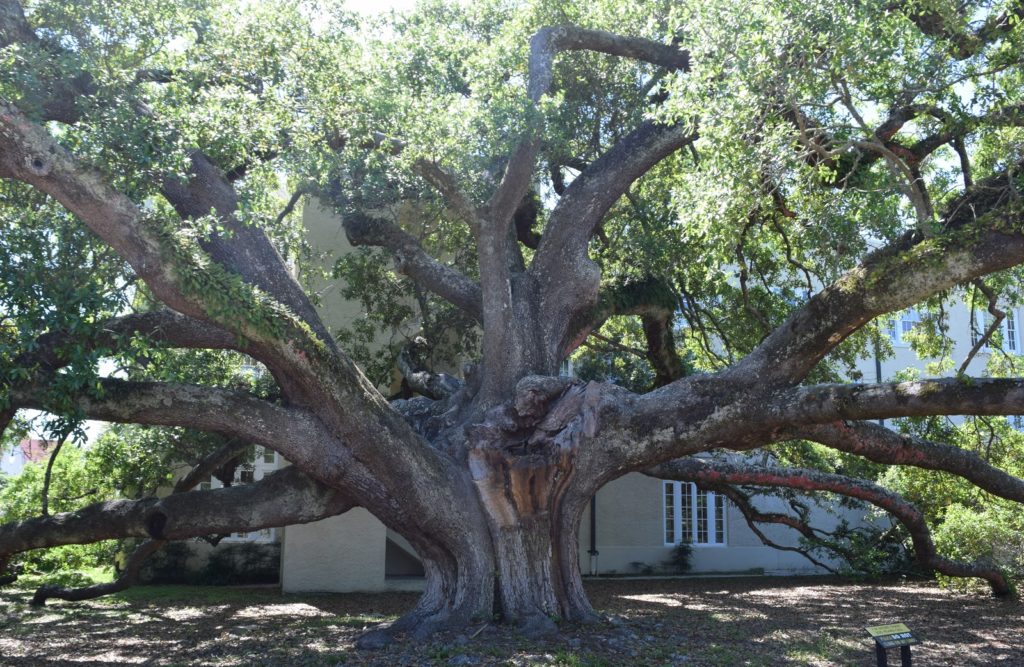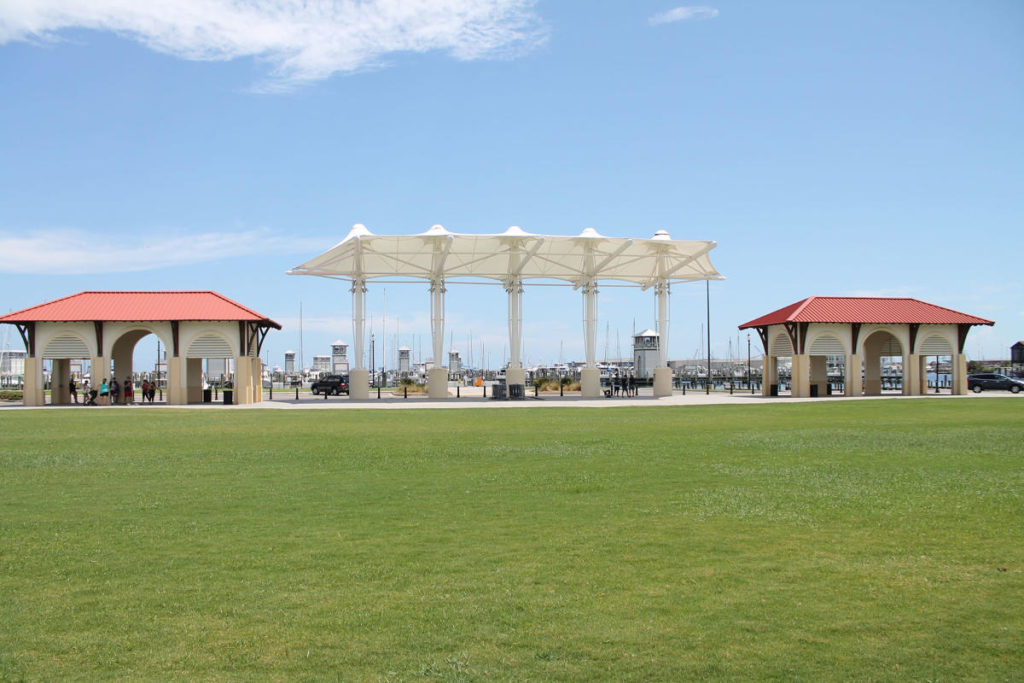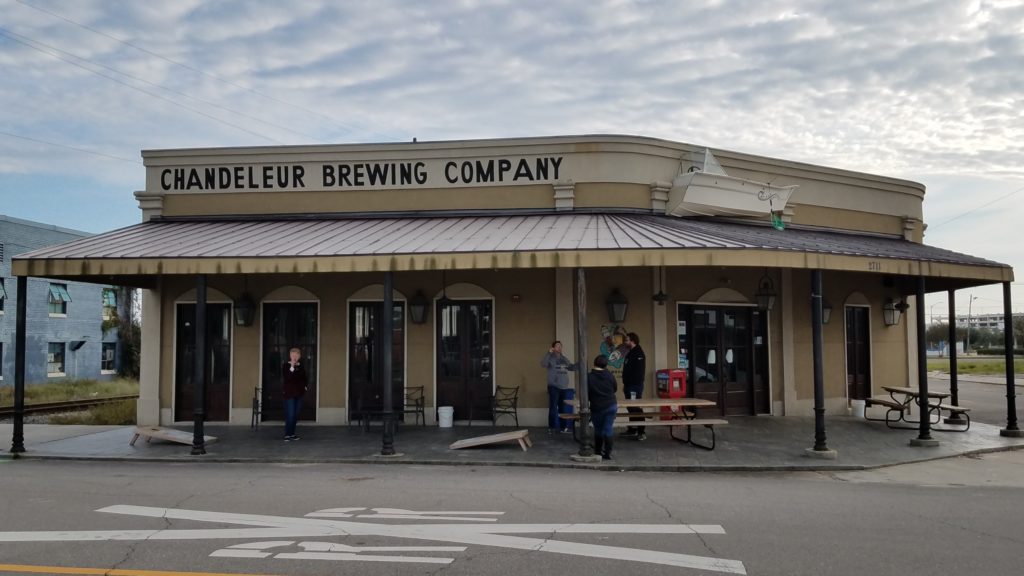Long Beach is a city located in Harrison County, Mississippi, United States. It is part of the Gulfport-Biloxi Metropolitan Statistical Area.
SIGHTS AND ACTIVITIES
Friendship Oak
At 500 years old, this oak tree is considered one of the oldest Mississippi, but even if it wasn’t, it’s certainly one of the most impressive. The Friendship Oak has chronicled the history of the Mississippi Gulf Coast, sheltering generations through calm and storm. Located on the Gulf Park campus of the University of Southern Mississippi, it is a massive live oak tree with extraordinary girth and heavy branches that reach low and far. Numerous names are carved into its thick trunk, making it a timeline for past generations.

Jones Park
This place is packed with fun! Located on the beach right next to Long Beach, Jones Park has a splash pad, a playground, and plenty of space for a fun family day. Wanna swing? There’s swings! Wanna play in the water? There’s powerhouse fountains! Want to hang out with your wife and kids? There’s tables and benches for a nice picnic! Come check it out!

Chandeleur Brewery
Chandeleur Brewery offers both public and private group tours. Whether you are a beer novice or hops junkie, their knowledgeable staff will take you behind the scenes for some beer education and local history.
Every tour includes a beer of your choice and a pint glass or snifter glass that is yours to keep. (Barrel aged beers are not included). Tours cost only $8 per person and children accompanied by an adult tour free. Call them to set-up your private group tour.

EDUCATION
SCHOOLS:
- Harper McCaughan Elementary
- W.J Quarles Elementary School
- Thomas L. Reeves Elementary School
- Long Beach Middle School
- Long Beach High School
The University of Southern Mississippi has its 52 acre campus located within Long Beach.
NEIGHBORHOOD

Long Beach is an average size coastal city. As of the census of 2010, there were 17,320 people, 6,560 households, and 4,696 families residing in the city. The population density was 1,713.6 people per square mile (661.5/km2). There were 7,203 housing units at an average density of 712.6 per square mile (275.1/km2).
The median income for a household in the city was $43,289, and the median income for a family was $50,014. Males had a median income of $35,909 versus $24,119 for females. The per capita income for the city was $19,305. 9.0% of the population and 7.7% of families were below the poverty line. Out of the total population, 15.2% of those under the age of 18 and 3.7% of those 65 and older were living below the poverty line.
POPULAR REAL ESTATE
- Arbor Station
- Janesville
- Long Beach-East
- Lynwood
- Pecan Park Estates
- Pecan Park North
- Red Creek
- Southern Lang Ave
- Uprise
- West Long Beach
- White Harbor
- Wisteria Lane/Beatline

HISTORY
Long Beach began as an agricultural town, based around its radish industry. But on August 10, 1905, Long Beach incorporated and became another city on the Mississippi Gulf Coast. As the years went on, the city moved from its agricultural heritage and moved toward tourism with the beach and high-rise condominiums becoming increasingly popular.
“The Radish capital of the world”
Long Beach’s early economy was based largely upon radishes. Logging initially drove the local economy, but when the area’s virgin yellow pine forests became depleted, row crops were planted on the newly cleared land.
A productive truck-farming town in the early 20th century, citizens of Long Beach proclaimed the city to be the “Radish Capital of the World”. The city was especially known for its cultivation of the Long Red radish variety, a favorite beer hall staple in the northern US at the time. In 1921, a bumper crop resulted in the shipment of over 300 train loads of Long Beach’s Long Red radishes to northern states.
Eventually, the Long Red radishes for which Long Beach was known fell into disfavor, and the rise of the common button radish caused a dramatic decline in the cultivation of this crop in the area.

